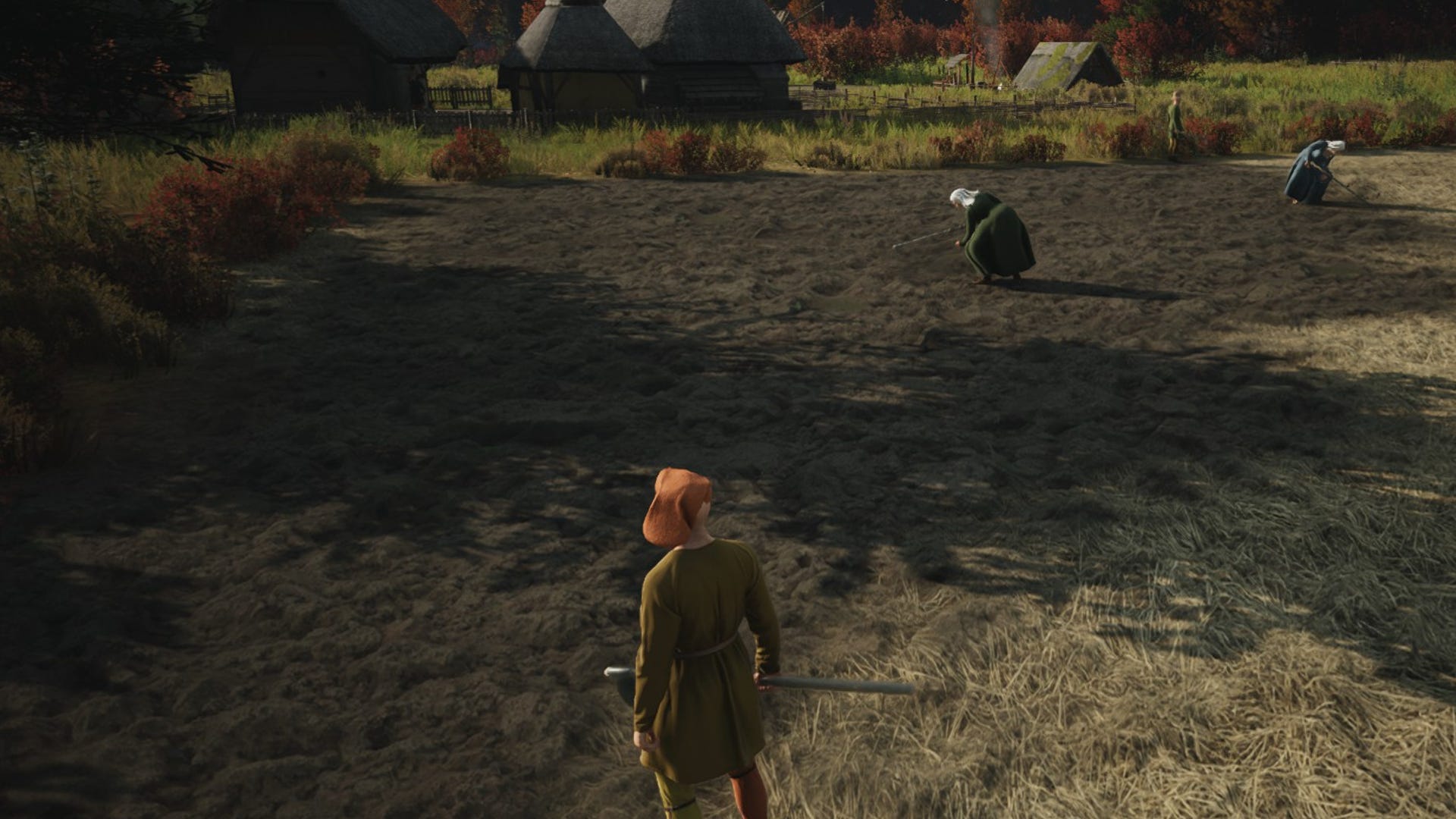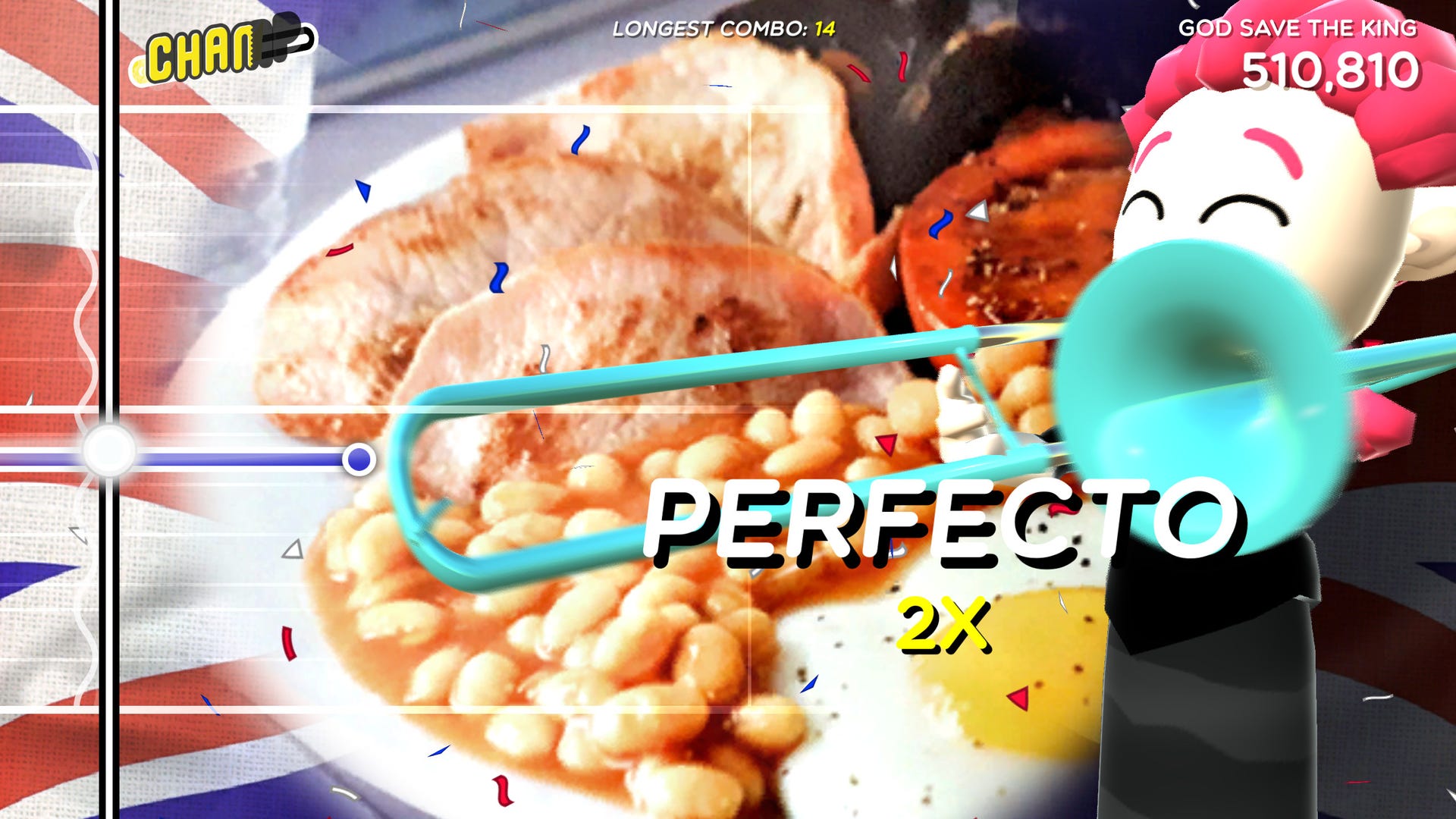Star Citizen just received its latest update, Alpha 3.23: Adventure Beckons, which adds the space sim’s first native animals, new hoverbikes, FPS upgrades, and more.
Alongside the game’s first native wildlife are massive terrestrial mission hubs, FPS and UI enhancements from single-player story spin-off Squadron 42, as well as quality-of-life improvements and new features, such as what’s called Star Map 1.0, which adds a full 3D view of the system, and new cloud and water tech. Elsewhere, there are new Master Modes for more intense space fight combat.
Developer Cloud Imperium Games said Alpha 3.23: Adventure Beckons (yes, Star Citizen is still in alpha) is Star Citizen’s largest patch to date, adding the first native wildlife for the Stanton system. This includes the small, bird-like marok and the more dangerous hound-like kopian pest, which can be found across habitable planets and feature their own unique behaviors “as they’ve adapted to humanity encroaching on their territory.”
New Distribution Centers throughout Stanton let players pick up combat and non-combat missions, with an expansion to the Arena Commander mode adding new space, ground, and experimental objectives. CIG said it had re-tuned all ships currently in the game, improved ground-based FPS combat, and expanded support for the New Player Experience.
Alpha 3.23 launches two months after CIG began talking about Star Citizen’s 1.0 launch being within sight, some 12 years after the game released its first crowdfunding drive.
Star Citizen is considered one of the most controversial projects in all video games. Over the 12 years since its crowdfunding drive began, it’s been called many things including a scam by those who wonder whether it will ever properly launch. Its virtual space ships, some of which cost hundreds of dollars, are often the focus of criticism. At the time of this article’s publication, Star Citizen had pulled in an eye-watering $683,055,935 from players. CIG calls this money “funds raised.”
CIG chief Chris Roberts has said 2024 will see the launch of Star Citizen Alpha 4.0, and that the developer is working to bring features developed for Squadron 42, the standalone story-based game starring the likes of Mark Hamill and Gillian Anderson, to the persistent universe portion of the game “at an accelerated rate.” Alpha 3.23: Adventure Beckons is part of that drive.
This is all building up to Star Citizen 1.0, which, Roberts has said, “is what we consider the features and content set to represent ‘commercial’ release.” However, there is still no release date or even release window for Star Citizen 1.0. CIG will share the roadmap later this year, it has said.
Star Citizen – Alpha 3.23: Adventure Beckons patch notes:
● Meet the Wildlife, Marok and Kopian: Life finds a way. Star Citizen’s first native animals have
been added to the game, complete with bespoke behaviors fitting their evolutionary paths. Players
will begin seeing the small marok bird soaring through the skies, using its proportionally enormous
wingspan to travel vast distances with ease as it follows migratory fish. With the addition of humans
to their habitat, they’ve been observed feeding on refuse and leftovers as well. While they present
no threat to humans, the same can’t be said for the hound-like kopian. This pest creature is more
than a nuisance, and brave citizens will be charged with dealing with wild packs of these hounds,
just be sure to bring plenty of ammo.
● Mirai’s Pulse and Pulse LX Hoverbikes Brings Portable Thrills: It’s about the journey, the thrill.
Mirai adds its signature fusion of advanced technology and functional elegance with a pair of
hoverbikes that offer an unparalleled connection between rider and machine. The Mirai Pulse
pushes the boundaries for what an ‘all round’ hoverbike can be, combining integrated light weapons
for defense with an ultra-light frame and extreme performance capable of outrunning almost
anything it can’t outgun. Shedding its weapons to improve speed and handling, the Pulse LX is a
visual spectacle that brings racing prowess and sophisticated styling. Both hoverbikes are
extremely portable, fitting in almost any ship’s cargo bay for terrestrial exploration almost anywhere.
● Master Modes Makes its Galactic Debut: Flying in the ‘verse will never be the same again.
Originally tested in patch 3.20, Master Modes is designed to add further intensity and strategy to
ship-to-ship combat and foster exciting dogfighting scenarios. All ships now function in either
Navigation Mode (NAV) maintaining a spooled quantum drive for both manual quantum travel and
quick-travel to specific locations while disabling most offensive and defensive capabilities, and
Standard Control Mode (SCM), with full access to weapons, shields, and devices at the cost of
considerable speed. Transitioning between modes takes the flip of a switch and a few seconds for
systems to power down and up respectively. All ships have been re-tuned for this significant change
to space flight.
● Welcome to the Distribution Center: Adventure Beckons introduces the first iteration of
distribution centers throughout the Stanton system. These massive structures can be accessed
from the planetary surface, with underground levels to open in later updates, and serve as mission hubs for law abiding players. Personal ground transportation is recommended for traversing these immense establishments, especially as they expand with additional underground levels.
● Fly, Shoot, and Problem Solve in Arena Commander: New maps and gameplay opportunities
have arrived in Star Citizen’s ‘game within a game’. Miner’s Lament is a close-quarters dogfighter’s
dream come true, or worst nightmare, as pilots fight through the asteroid-laden ring around Yela
where the rocks are as deadly as other pilots. Going inside, a temporary Experimental Engineering
Mode is available for citizens eager to test out the first iteration of engineering gameplay shown off
at CitizenCon 2953, and their feedback will help shape the ongoing development of the system.
● Plot a Course with the Star Map: The Star Map has reached its 1.0 update, rolling out a full 3D
view of the system to all pilots. Locations can now be searched by name, with additional
functionality to automatically plot a course from the present location. The update marks the
introduction of a brand-new FPS map for boots on the ground, aiding players to navigate sprawling
landing zones or even the interior layout of their ship. With the Star Map, a citizen is never truly
lost.
● FPS Combat Upgrades Deliver More Immersion: Outside of the safety of a cockpit the ‘verse
can be a dangerous place, and Adventure Beckons ensures that fighting and surviving is as
engaging and enjoyable on foot as it is from ship to ship. FPS combat has never looked or felt more
authentic thanks to a range of visual improvements including improved sprinting animations and a
new dynamic crosshair option for a more realistic look of exactly where the muzzle of a weapon is
aimed at. The feel of combat has been enhanced for additional immersion, with the inclusion of
‘backpack reloading’ for slower access to additional stored magazines, and procedural recoil for all
weapons, ensuring every engagement is a truly unique experience.
● New Cloud Tech and Visual Options: The volumetric cloud technology in Star Citizen has been
updated to improve both performance and visual quality, adding ground fog and volumetric
shadows as visual options. Additional performance improvements come with support for image
upscaling solutions including DLSS, FSR, and an in-house developed TSR solution. Following the
addition of over 20 new hairstyles in Alpha 3.22, the character customization system has been
overhauled with a new user interface and many new additional customization options.
● Welcoming New Players to all Landing Zones: The improved New Player Experience, originally
released for Area18 in Alpha 3.19, has been expanded and is now supported on all starting
locations. While the same core skills are taught at each location, new players can now choose to
begin high in the cloud city of Orison, in the mining town of Lorville owned and operated by Hurston
Dynamics, on New Babbage which is both a bustling major trading hub and home to high-end
electronic companies, or back at Area18’s urban downtown where bright lights attract commerce
and entertainment.
Wesley is the UK News Editor for IGN. Find him on Twitter at @wyp100. You can reach Wesley at wesley_yinpoole@ign.com or confidentially at wyp100@proton.me.




